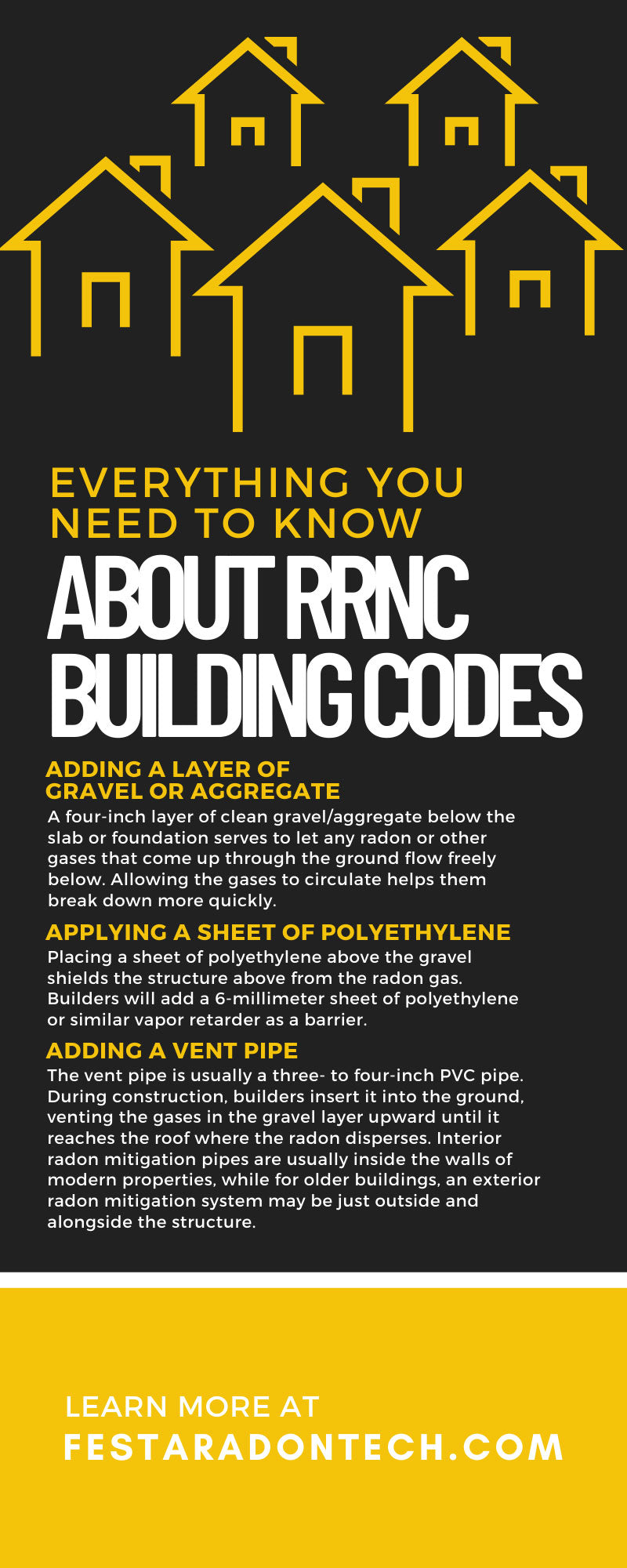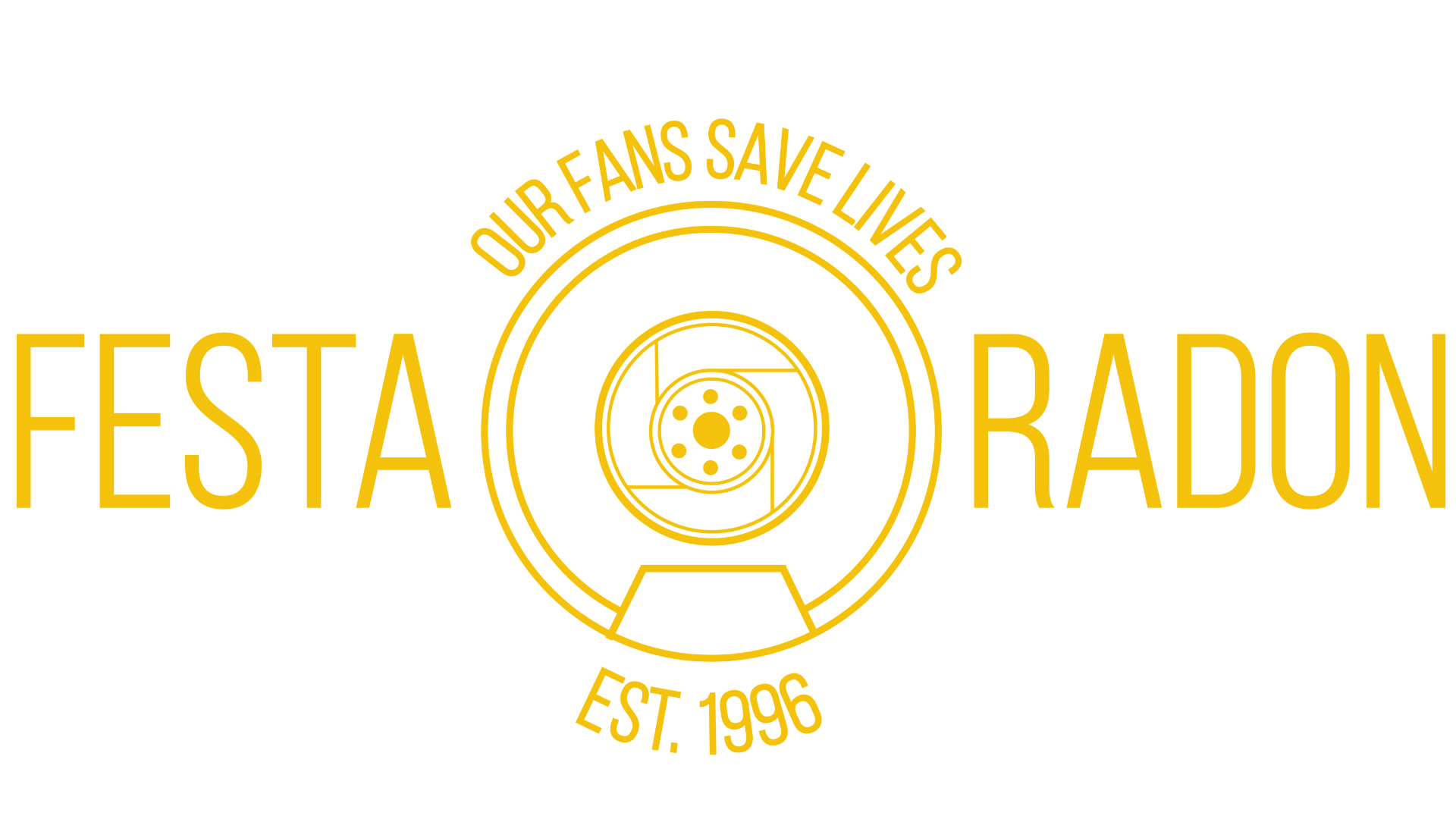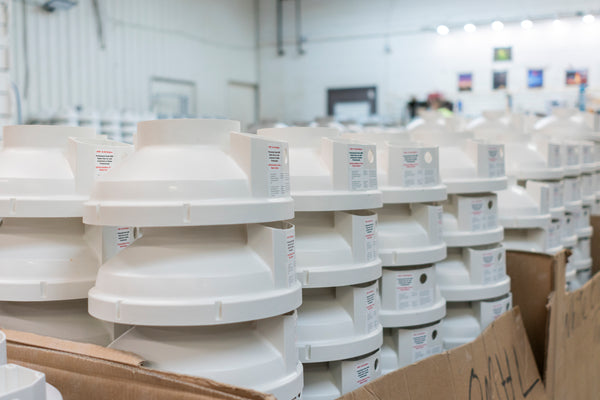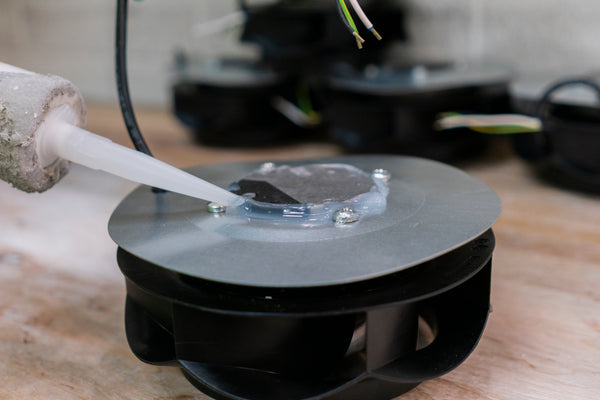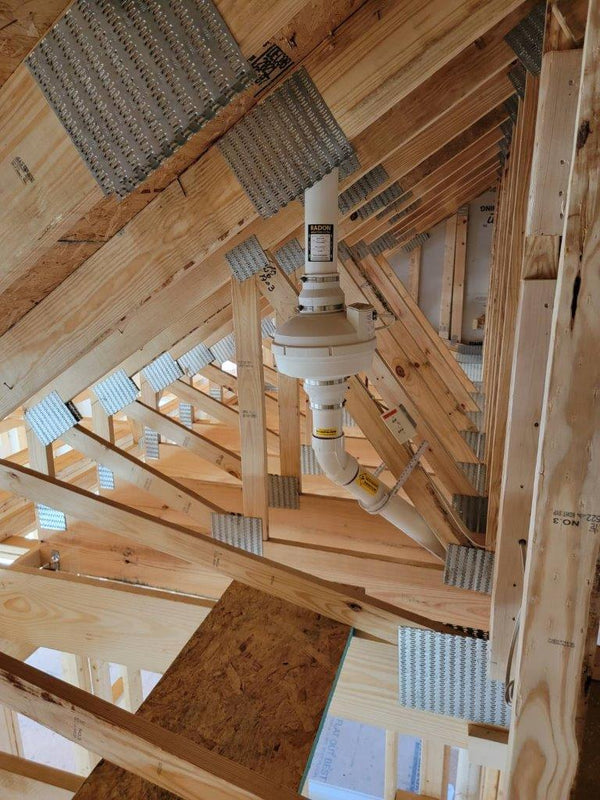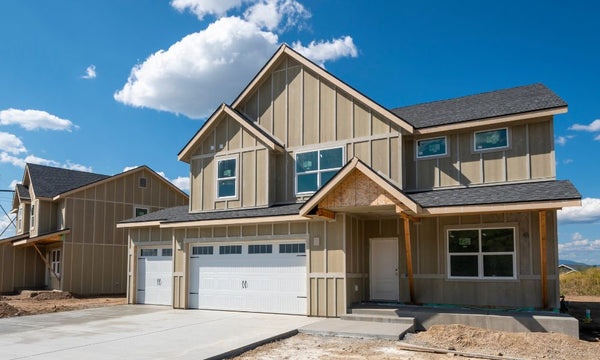
Everything You Need To Know About RRNC Building Codes
If you’ve been collecting acronyms and abbreviations while planning a new home or other building, here’s one more for you: RRNC. RRNC stands for Radon Resistant New Construction. As the name implies, it covers codes developed to combat the presence of radon in new buildings. Radon, as you may know, is a gas that rests in the soil and slowly works its way up, through the ground, and into the atmosphere.
A byproduct of radium decay, radon is a hazardous gas. When it enters a structure through the basement, it can rise and linger in the air. Unlike some poisonous gases, radon is a slow and silent killer. Its biggest danger is that we can inhale it over time, leading the gas to slowly build up in our lungs. Once there, it can experience reactions that can lead to lung cancer in the host.
New construction in areas where radon gas is a threat typically incorporates radon mitigation systems and other techniques in accordance with RRNC codes to combat this issue. Follow along as we go over everything you need to know about RRNC building codes and how they help protect occupants.
Building Radon Out
Building radon out may sound like a funny way to put it, but it’s an accurate description. As construction teams build new homes and other buildings, they set up and install different systems and elements to mitigate the amount of radon that can potentially enter a home. There are four big and basic steps to building the radon out.
Adding a Layer of Gravel or Aggregate
A four-inch layer of clean gravel/aggregate below the slab or foundation serves to let any radon or other gases that come up through the ground flow freely below. Allowing the gases to circulate helps them break down more quickly.
Applying a Sheet of Polyethylene
Placing a sheet of polyethylene above the gravel shields the structure above from the radon gas. Builders will add a 6-millimeter sheet of polyethylene or similar vapor retarder as a barrier. They also use this barrier to prevent the cement poured in to form the basement floor from interfering with the gravel layer’s job.
Adding a Vent Pipe
The vent pipe is usually a three- to four-inch PVC pipe. During construction, builders insert it into the ground, venting the gases in the gravel layer upward until it reaches the roof where the radon disperses. Interior radon mitigation pipes are usually inside the walls of modern properties, while for older buildings, an exterior radon mitigation system may be just outside and alongside the structure.
Caulking and Sealing the Foundation
This step is just what it sounds like. The builder seeks out any cracks, holes, or similar openings in the foundation and walls that radon can leak through. They use silicon-based caulk to seal these faults. This step is also useful for keeping out water leaks.
Possibly Adding a Junction Box
Most radon mitigation systems installed during the construction process are passive, meaning they have no fan or other device to help move the radon through the pipe. If a fan is necessary, RRNC and other building codes may demand the installation of a junction box to provide power to the system.
Other Points and Issues
Most construction companies should provide an explanation of why radon mitigation steps are necessary. State and local laws likely already list the above actions as required in new buildings, and respectable builders will be aware of them. They may suggest radon testing the property before proceeding as well.
Some places have potentially more radon than others, though it’s not entirely possible to “escape” radon by moving the construction site to a particular area. Testing can alleviate some of the property owner’s concerns. If the code isn’t in place, however, some builders may avoid mentioning radon mitigation to avoid the hassle and expense of installing the system. Property owners are within their rights to ask for radon mitigation to be part of the plans, though budgeting for such a contingency will be necessary.
Better Now Than Later
Despite the stringency and costs involved in bringing a structure up to RRNC codes, it’s ultimately worth it. Naturally, if RRNC codes are the law in your state or locality (and they might well be if the radon levels are particularly high there), you and your builders must follow the codes. Even when they aren’t in place, installing the above measures can help prevent lung cancer and otherwise aid the residents’ health and well-being.
If you later test a building without a system in place and find high levels of the gas, you will need to install a system after the fact. Installing a new system can cost time and money and interfere with a home or business’ daily activities. Integrating RRNC codes should be part of the design and construction process from day one. Later, when a property is up for sale, a preinstalled radon mitigation system also makes a space and structure more desirable.
What’s Next?
We’ve briefly addressed everything you need to know about RRNC building codes. Designed to keep property owners and those who reside in their buildings safe and healthy, the codes come with more benefits than disadvantages. While radon mitigation can cost a bit more, it pays off in the long term since radon gas can pose a threat to residents. Also, installing a radon mitigation system before pouring the slab in a new basement can prevent the problem of needing to retrofit a building with one later.
Do you have questions about radon testing and mitigation in your building, whether you’re yet to break ground or your building is already standing? We offer a selection of fans, tools, testers, sealants, and more. Whether you’re looking for crawlspace encapsulation supplies or sump sealing ports and covers, we have it all. Give us a call, and we’ll set up a consultation where we can determine and decide what your project needs most.
We’ve been in business since 1996, and even though we’re based in Pittsburgh, Pennsylvania, we have distributors and partners across the nation who can help us to help you. Our products are recognized across the industry, and we offer a five-year, no-cost to the customer warranty on all of our Festa AMG Radon Fans. Call us today—we look forward to speaking with you. Got radon? We can help!
